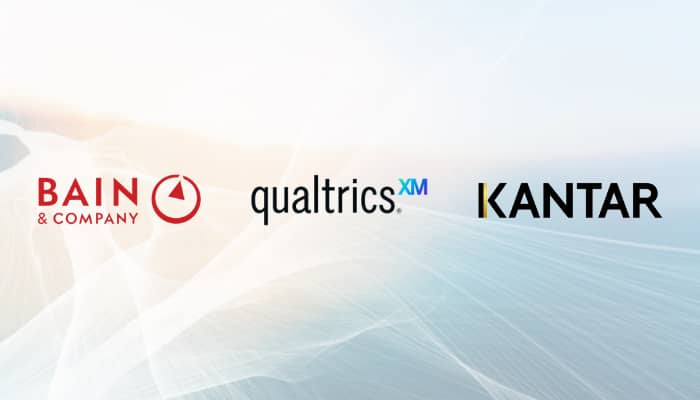Australia – Over two in five Australians (42%) claim that they will stop buying US products and services and over half that they will buy more local products and services (53%), according to new data from Kantar.
The data also shows significant shifts in buying behaviour – Australians are cutting back on big ticket items like cars and overseas holidays, shifting their expenditure and saving more as they continue to grapple with the high cost-of-living. But they are still spending, redirecting their hard-earned dollars to small indulgences.
They want to still have a nice time but spend their money more locally. And while it is easier to anticipate cutbacks to happen on big ticket items, even day-to-day items are feeling the heat; for example, fast food and takeaways (41%), new clothes (39%), streaming services (37%) and a few drinks in a bar (38%). This is compounding issues ever-present due to an already stalling economy.
Moreover, no brand is safe as people globally are already cost-cutting, bargain hunting and trading down due to ongoing cost-of-living pressures. The data does reveal however, marked differences in drivers of behaviour across the world. Here in Australia, 43% of people are deliberately looking for price reductions.
Consumers locally feel that business profiteering (51%), rising energy costs (64%) and economic policies (52%) are driving up the cost-of-living, with four in five believing it to be the government’s responsibility to address economic, political, social and environmental concerns.
Mark Kennedy, managing partner for consulting at Kantar Australia, said, “In this poly-crisis world, people are uncertain – and genuinely so. When ‘enshitification’ was announced as the Macquarie Dictionary word of the year in 2024, it wasn’t hard to figure out that Australians were feeling a little over it. Add tariffs to an already tumultuous world and it’s important to understand public sentiment and how this is impacting people’s behaviour, what’s changing, what’s staying the same and where opportunity lies.”
He added, “To make your own luck in turbulent times, foresight becomes critical. Now unfortunately, even at Kantar, we don’t have a crystal ball, but we can build possible scenarios based on the data we have. This scenario planning process was both eerily accurate and dramatically helpful for businesses across the world managing the impact of COVID. Understanding the possible scenarios, and the impact of these possible futures on your individual category and brand, forms the basis of effective strategic planning and the ability to make your own luck.”
Kennedy also noted that the situation reflects the ongoing uncertainty of a “will he/won’t he?” dilemma. It indicates that in an unpredictable world, Australians seem to be seeking stability and security. While there are still sentiments of affection toward the United States, the relationship appears to have changed, prompting some to consider the need for distance, self-reflection, or a reassessment of their true feelings.
“What is clear is that in Australia, the disparity is growing, and the impact is not being felt equally across the population, and across business. There is no single direction of ‘travel’. In market disruption, your strategy becomes more impactful. But for many, people aren’t clear what ‘good’ looks like in Australia. They do not have a clear measurement or benchmark about what growth really should be – what’s the number? Many only have their ‘lived experience’,” he said.
He added, “What is critical is that if your business is underperforming in good times, but you can’t see it, there is an instant impact in the bad times. What this means is that you haven’t built your brand in a way that it is defending you. You are not clear on your scenario planning. Now is the wrong time to be passive. When things move and changes are unequal you must step forward.”
Kenneth also stated that choosing not to act is itself an active — and potentially very risky — decision. He highlighted the importance for marketers to grasp not just the broader landscape, but more critically, how it applies specifically to their own business, brand, and context. This, it was noted, demands intelligent scenario planning that identifies what is most relevant and encourages bold, decisive action.










